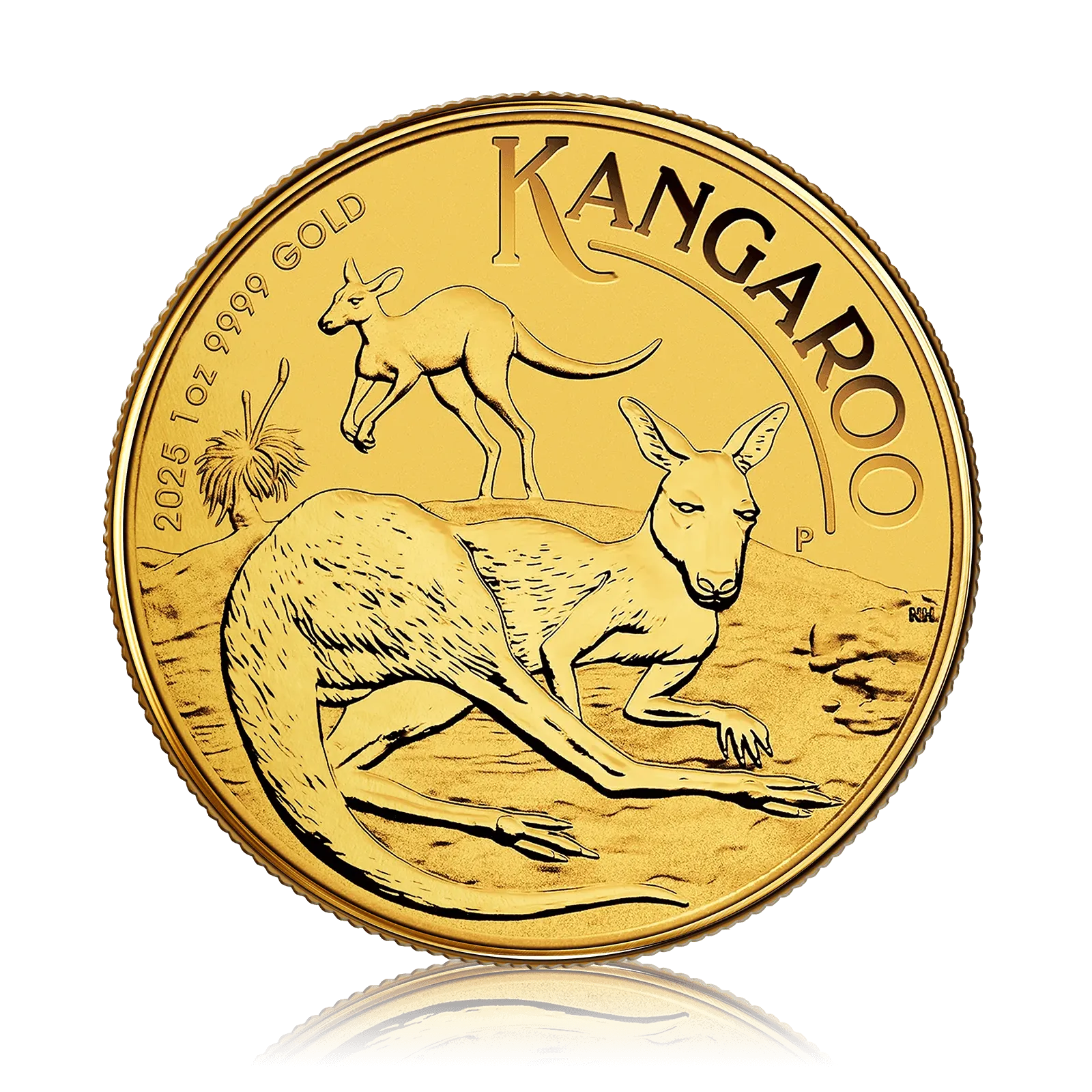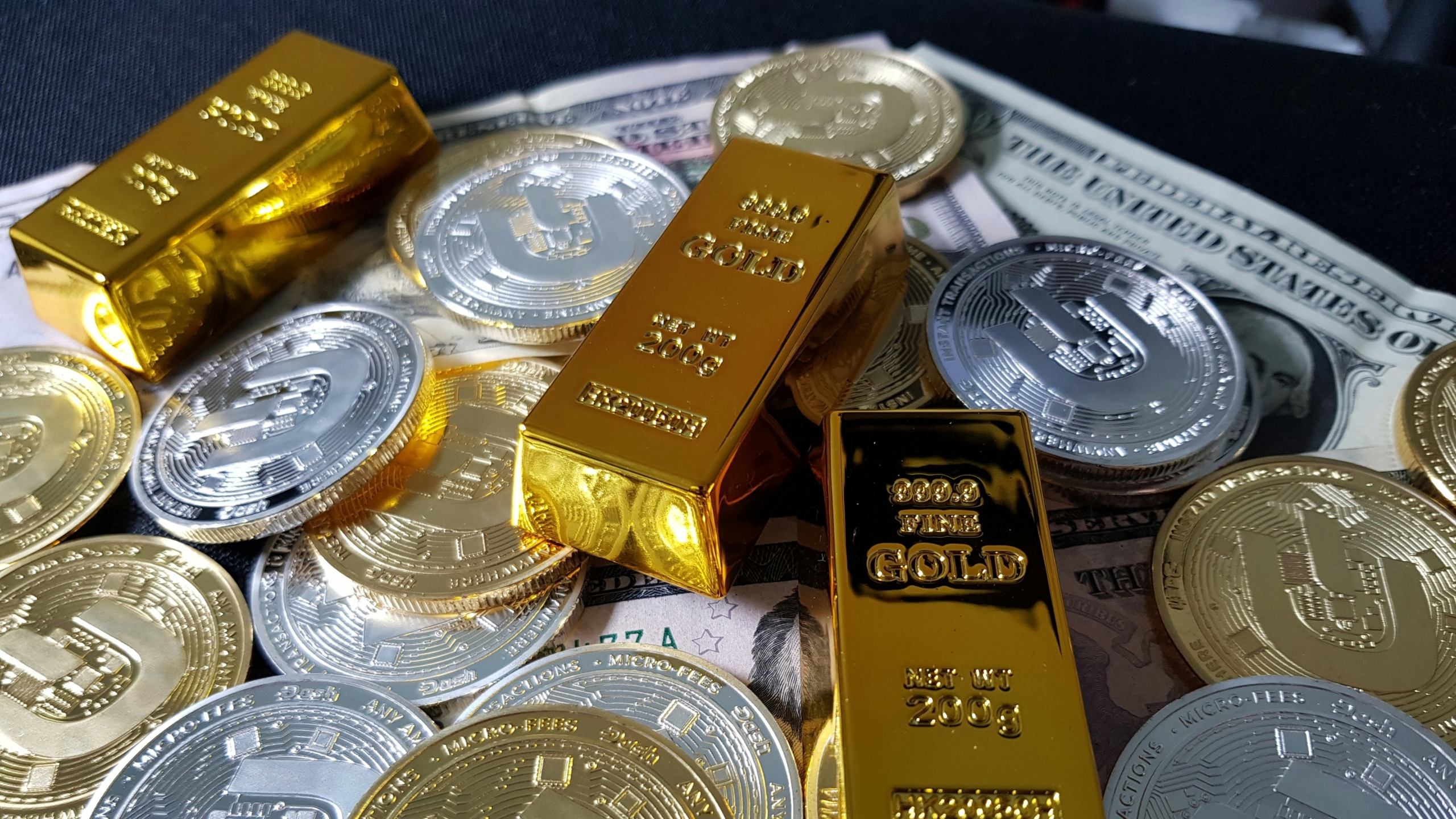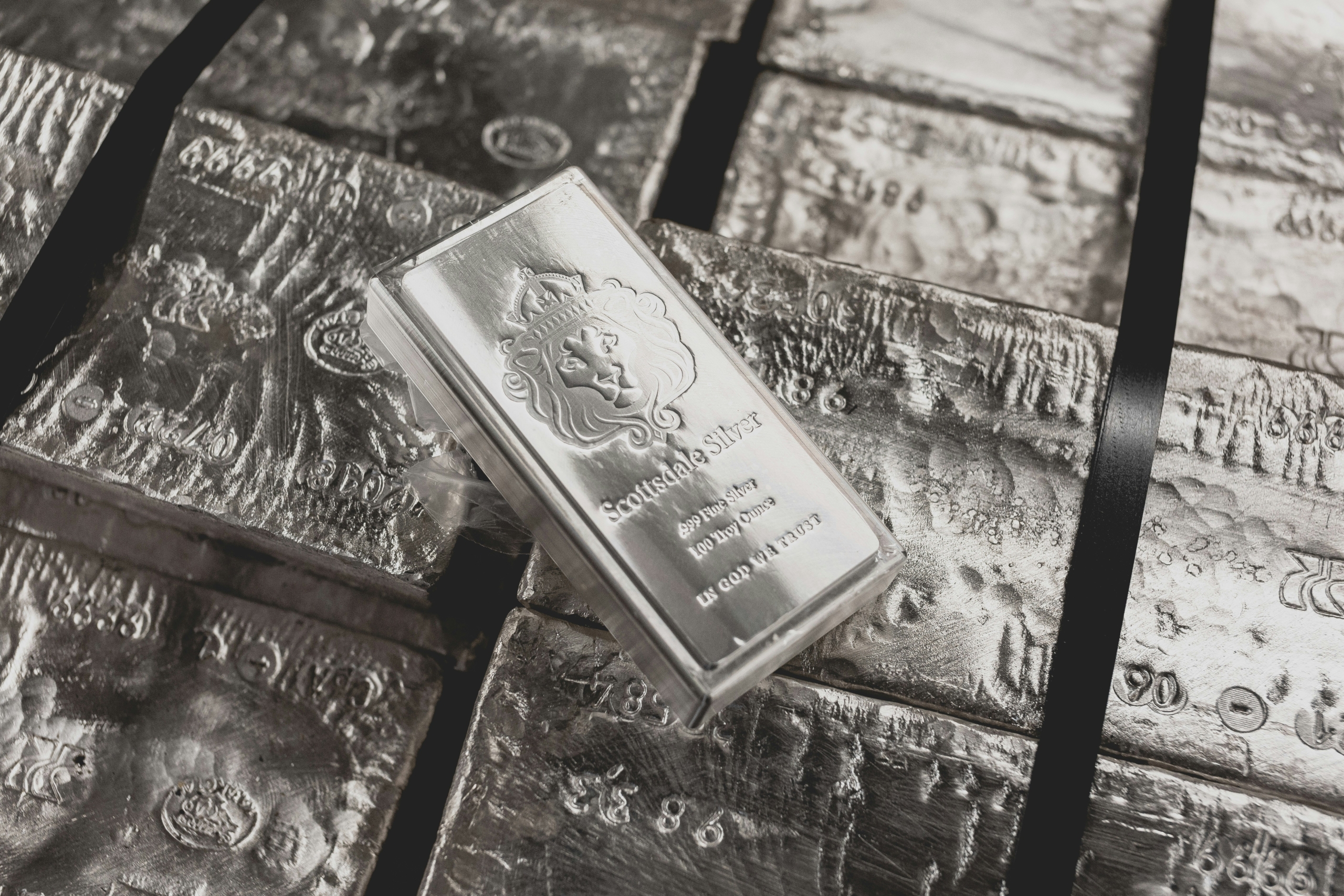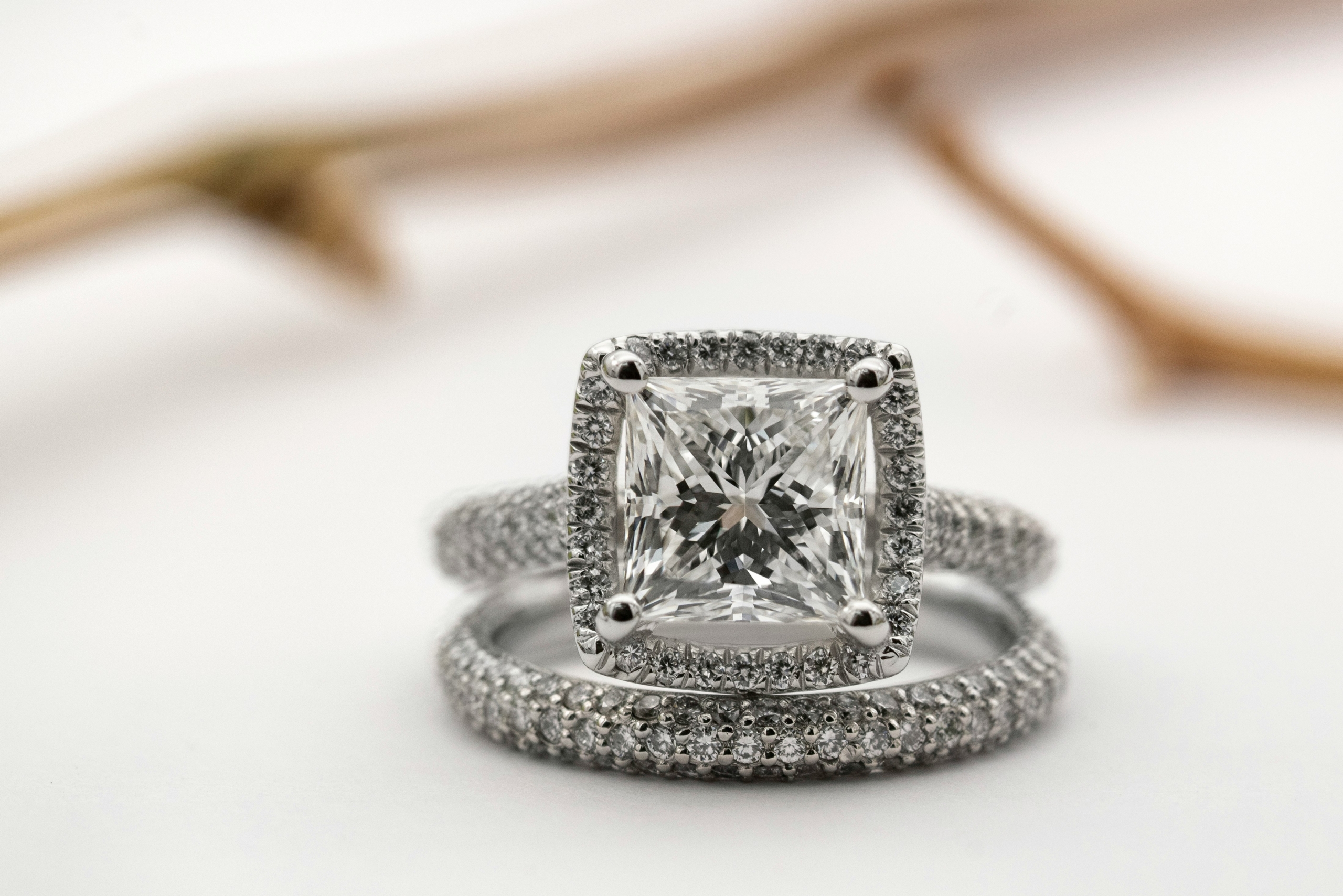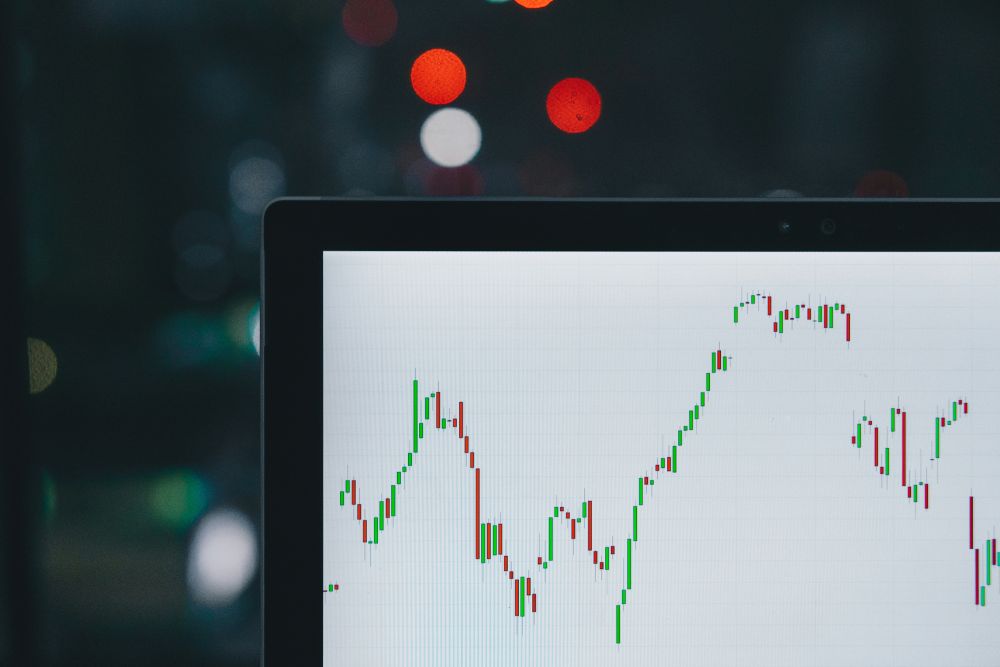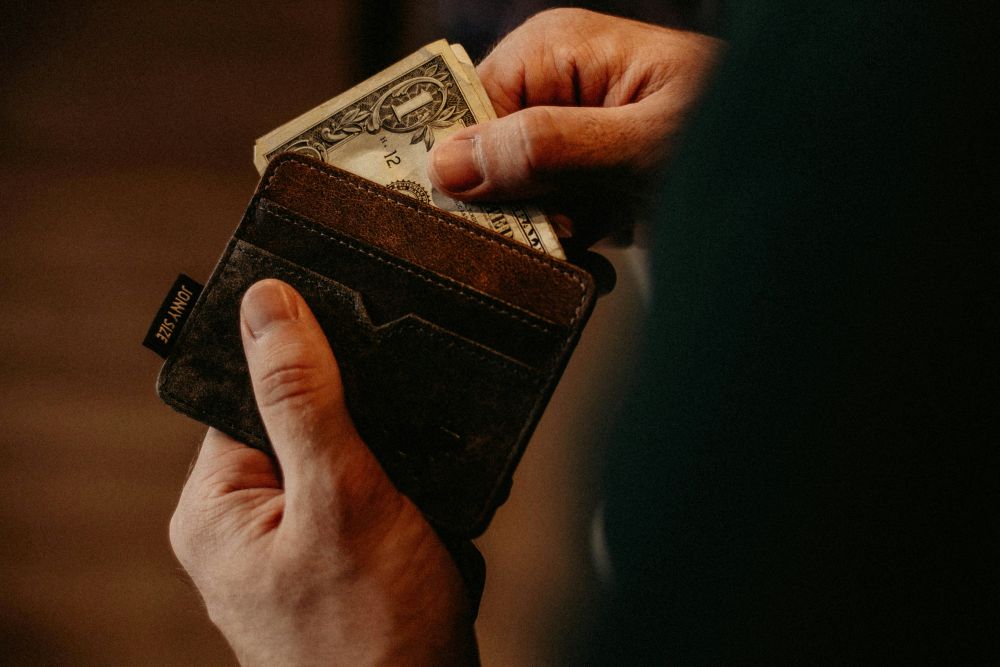When you are planning to sell platinum coins, knowing how to identify and authenticate them is crucial. Platinum can look similar to silver or white gold, but its value is usually higher. The key to protecting your investment is to use simple tests and checks to verify that your coins are genuine platinum before selling.
You’ll need to examine physical features like weight, colour, and hallmarks. Testing methods, such as using acid or professional tools, can help confirm authenticity without risking damage. Understanding these steps ensures you don’t get fooled by fakes or plated items.
With the right knowledge, you can confidently determine the value of your platinum coins and make better selling decisions. This guide will take you through proven ways to spot real platinum coins, helping you avoid mistakes and maximise your returns.
Understanding Platinum Coins And Precious Metals
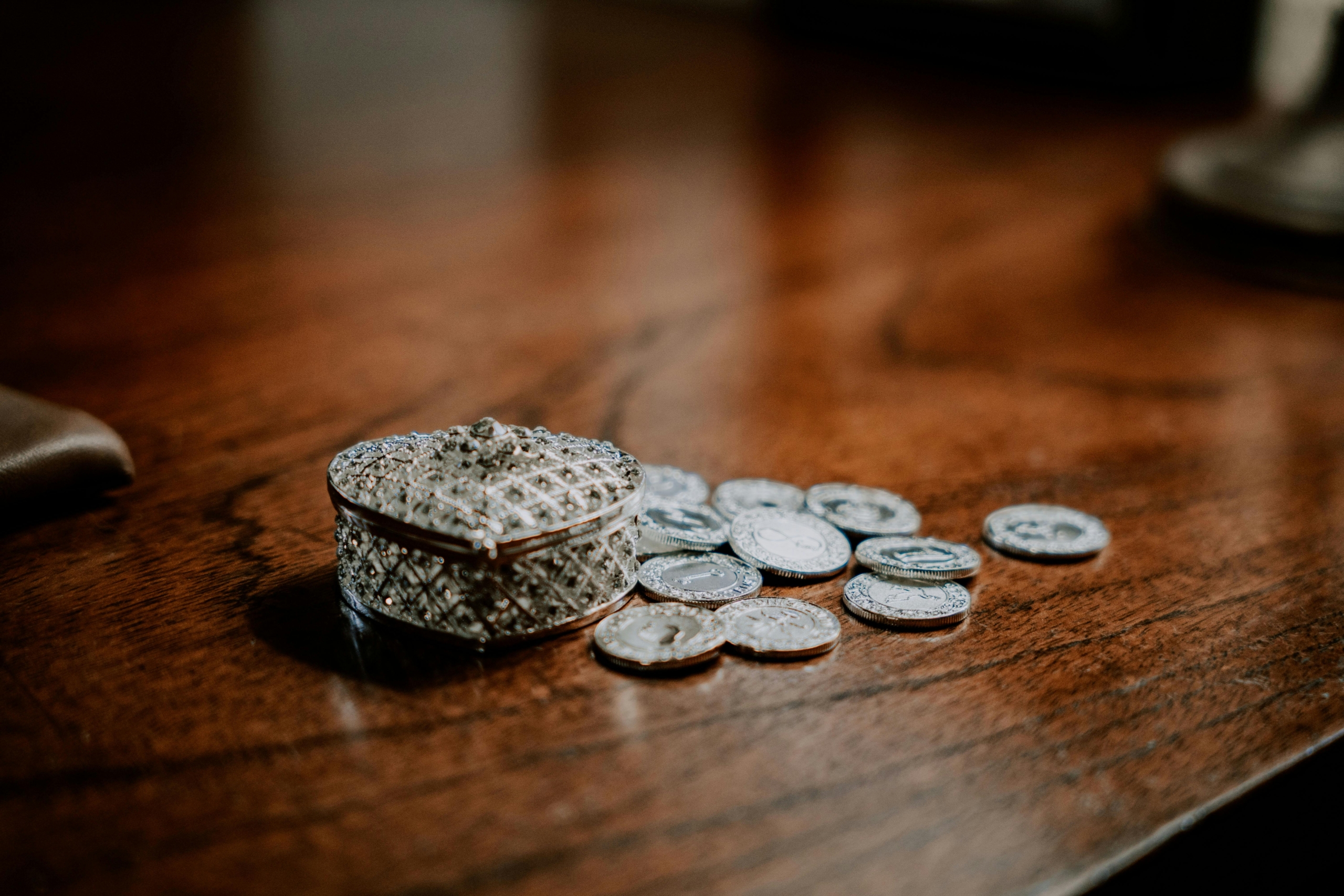
Platinum coins stand apart from other precious metals because of their rarity, durability, and unique value in collecting and investing. Knowing the specifics of how platinum differs from silver or how platinum jewellery impacts coin collecting helps you make informed decisions when buying or selling platinum coins.
Overview Of Precious Metals In Numismatics
In numismatics, precious metals include gold, silver, and platinum. These metals are valued for their rarity and durability. Platinum is rarer than gold and silver, which often makes platinum coins more valuable.
You will find platinum coins issued by governments, often with face values and official designs. These coins serve both as legal tender and as investment pieces. Their value depends on the metal content, weight, and market demand.
Collectors often seek precious metals because they hold intrinsic value. Each metal has unique properties affecting its use in coins. For platinum, high density and resistance to tarnish are key selling points.
Key Characteristics Of Platinum Coins
Platinum coins are dense, heavy, and have a silvery-white shine that does not tarnish. This makes them easy to identify compared to silver coins, which can oxidise and darken over time.
They usually have a hallmark or stamp showing purity, such as “.950 Pt,” indicating 95% pure platinum. Authentic platinum coins resist scratching better than gold or silver, adding to their longevity.
Platinum coins often feature official designs from mints worldwide like the American Platinum Eagle or Canadian Platinum Maple Leaf. These designs help you verify authenticity.
Differences Between Platinum And Silver
While both metals appear similar, platinum is much denser than silver. A platinum coin of equal size will weigh significantly more than a silver coin. Silver tends to tarnish quickly, turning black or grey, while platinum keeps its colour.
Silver prices are usually much lower than platinum prices, so confusing the two could result in serious financial loss. You can spot silver coins because they often lack the detailed purity marks found on platinum.
Silver also scratches and dents more easily. Platinum’s hardness means your coins stay in better condition over time, keeping their value.
| Feature | Platinum | Silver |
|---|---|---|
| Density | Very high (21.4 g/cm³) | Lower (10.5 g/cm³) |
| Colour | Silvery-white, untarnished | Silvery but tarnishes |
| Hardness | Hard and scratch-resistant | Softer, scratches easily |
| Market Value | Higher | Lower |
The Role Of Platinum Jewellery In Coin Collecting
Platinum jewellery shares many characteristics with platinum coins, such as weight, purity, and resistance to tarnish. Understanding jewellery hallmarks helps you confirm the metal type on coins.
Collectors sometimes examine platinum jewellery to compare quality and authenticity with platinum coins. Both require careful testing to avoid counterfeits.
If you own platinum jewellery, its purity stamps, like “Pt900,” help you learn to identify similar marks on coins. This knowledge aids your ability to spot genuine platinum, protecting you from scams when trading coins.
You can also use basic tests applied in jewellery, like looking for scratches or colour changes, as part of your coin authentication process.
Recognising Authentic Platinum Coins
To identify genuine platinum coins, you need to know what marks to check, how the design should look, and which signs point to counterfeits. Knowing these details helps you avoid losing money and ensures you sell authentic precious metals.
Distinctive Features And Hallmarks
Platinum coins carry specific hallmarks that prove their authenticity and metal content. Look for official mint marks, purity stamps like “Pt950” or “999.5”, which indicate the coin is nearly pure platinum. These marks are usually small but clear and located on the coin’s face or edge.
British and other major mints apply a unique emblem or date stamp. These serve as proof of origin and can be cross-checked with official mint records. Be cautious if the coin lacks these marks or if the stamps appear blurry or uneven, as this often indicates a fake.
Visual Inspection And Design Details
Examine the coin’s design carefully. Real platinum coins have sharp, detailed engravings with consistent depth. The relief should be clear, without rough edges or smudges.
Platinum has a dull grey-white colour, not shiny like silver or white gold. It should not tarnish quickly and feels heavier than other metals of similar size. You can also compare your coin with official images from mint websites to spot any irregularities in design or font.
Identifying Counterfeit Coins
Counterfeit platinum coins often show signs that are easy to spot if you know what to look for. Check the weight; fakes can be too light or too heavy for their stated size.
Surface finish may reveal signs of plating or casting bubbles, while real platinum coins have a smooth, solid texture. Look at the edges for inconsistencies or seams, which suggest the coin was cast rather than minted.
If in doubt, use a nitric acid test. Genuine platinum does not react or change colour when exposed to nitric acid, whereas other metals do. For complete certainty, consider getting your coin tested by a professional with specialised equipment.
Physical Tests For Authentication
You can use simple physical tests to check if your platinum coins are genuine. These tests focus on precise measurements and basic tools that help spot fake or altered items without damaging them.
Weight And Dimension Measurement
First, weigh your platinum coin on a precise scale. Platinum has a specific density, so the coin’s weight should match official standards. Check the exact weight listed by the coin’s mint or trusted sources.
Next, measure the coin’s diameter and thickness with a caliper. Even small differences can indicate a fake or a lower-purity metal. Compare your measurements to official specs for that coin type.
Keep a table of standard values handy, for example:
| Coin Type | Weight (grams) | Diameter (mm) | Thickness (mm) |
|---|---|---|---|
| Platinum Britannia | 31.1 | 32.7 | 2.5 |
| Platinum Maple Leaf | 31.1 | 30.0 | 2.8 |
If your coin varies significantly, it might not be authentic or could be mixed with other metals.
Magnetism Test For Precious Metals
Platinum is not magnetic. You can test your coin using a small magnet. If the coin is attracted to the magnet, it is likely not pure platinum or is a fake.
Hold the magnet close but don’t touch the coin to avoid scratches. Even slight magnetic pull is a warning.
This test is quick but not fully reliable alone. Some counterfeit coins use non-magnetic metals, so use it with weight and dimension checks for better results.
Chemical Testing And Advanced Techniques
Testing platinum coins accurately often involves more than just visual checks. You can use chemical methods and electronic devices to confirm the coin’s authenticity and purity. These methods offer precise results and help detect counterfeit or lower-quality metals.
Platinum Scratch Test Methodology
The scratch test is a common starting point for testing platinum. You gently scratch your coin on a testing stone to leave a mark. This mark is then treated with a specific acid solution designed for platinum.
If the mark remains intact without dissolving, your coin likely contains real platinum. Different acids react differently to various precious metals, so make sure you use the correct acid for platinum.
This test helps reveal the metal’s presence without damaging the entire coin. However, a small scratch will be visible. Handle the coin carefully to avoid unnecessary damage.
Acid Testing For Platinum Content
Acid testing involves applying a drop of platinum-testing acid onto a scratch or a test area on the coin. You must use acid solutions that are specifically formulated for platinum, as other metals require different acids.
The acid’s reaction will confirm if the metal is genuine platinum or not. If the acid dissolves the mark, your coin may be fake or contain less valuable metals.
Acid testing kits are available online or at jewellery stores. Use protective gloves and work in a well-ventilated area, since acids are hazardous. Be precise and follow the instructions exactly for reliable results.
Electronics And XRF Analysis
Electronic testers and X-ray fluorescence (XRF) analysers offer fast, non-destructive ways to check platinum purity. The electronic tester passes a small current through the coin to measure metal properties.
XRF analysers use X-rays to detect the metal’s elemental make-up without scratching your coin. This method is highly accurate and commonly used by professionals.
While XRF devices are expensive and usually found at jewellery shops or appraisal centres, they provide detailed information on the metal composition. This helps you ensure your platinum coin is authentic and its value is correct.
Comparing Platinum Coins With Other Coins
You need to know how platinum coins differ from silver and other bullion coins. Also, understanding how to spot plated or alloy coins can protect you from buying fakes or less valuable metals.
Differences With Silver And Other Bullion Coins
Platinum coins are usually heavier than silver coins of the same size because platinum is denser. This difference in weight can help you tell them apart if you have a precise scale.
Platinum also has a duller shine compared to silver. While silver looks bright and reflective, platinum’s look is more muted but stays shinier for longer since it resists tarnishing.
The value of platinum coins is much higher than silver. For example, platinum can be worth around $1,000 per ounce, while silver often trades near $16 per ounce. This makes platinum more expensive to buy or sell.
Most platinum coins are marked with their purity, usually .950 or higher, meaning 95% pure platinum. Silver coins usually have a purity mark like .999 but are lighter and less dense.
Spotting Plated Or Alloy Coins
Plated coins are often made from cheaper metals like copper or nickel with a thin layer of platinum or silver on top. This plating can wear off over time, revealing the base metal beneath.
You can test if a coin is solid platinum by using a nitric acid test. When a drop of acid touches real platinum, nothing should happen. If the coin reacts or changes colour, it is likely plated or made from an alloy.
Look closely at the edges of the coin for signs of peeling or colour changes. Genuine platinum coins have consistent colour and weight throughout.
Another test is the heat test: platinum absorbs heat quickly, so if you place ice on the coin, it should melt faster than on silver or plated coins.
Using both visual inspection and simple tests helps you avoid buying fake or low-quality coins. Always look for purity marks and confirm weight and reaction to acid.
Ensuring Value Before Selling
To get the best price for your platinum coins, you must know how their condition, grading, and market factors affect value. You should also understand the importance of having proper documentation and provenance to prove authenticity and history.
Condition, Grading, And Market Factors
The condition of your platinum coin plays a major role in its value. Coins with minimal wear, clear details, and no damage will be worth more. Grading services assess coins based on these factors and assign a grade that buyers trust.
Common grading scales use terms like Uncirculated or Proof. The higher the grade, the better the coin’s condition. You can have your coins graded by professional services to increase buyer confidence.
Market factors also affect value. Check current platinum prices and demand in coin collecting communities. Rarity and popularity of the coin’s design can increase value too. Tracking auctions and recent sales helps you know when it’s the right time to sell.
Documentation And Provenance
Having documentation is essential to prove the coin’s authenticity and origin. Certificates of authenticity, original packaging, or purchase receipts add credibility.
Provenance means the coin’s ownership history. Coins with well-documented provenance often sell for more. This history assures buyers you have a genuine, verified piece.
If you lack documentation, consider getting your coin certified by experts. This process can boost buyer trust and protect you from disputes during sale. Keeping records organised will make selling smoother and may increase your platinum coin’s final price.
Professional Authentication And Selling Considerations
Having your platinum coins professionally authenticated adds value and ensures trust when you sell. Knowing when to get an expert appraisal, choosing reputable dealers, and avoiding common selling mistakes can protect you from loss and counterfeit risks.
When To Seek Expert Appraisal
You should seek an expert appraisal if your platinum coins are rare, old, or have unusual markings. Experts use specialised tools to verify the metal’s purity and examine details like mint marks and date stamps.
If you suspect a coin could be counterfeit or altered, don’t rely on visual checks alone. Professional graders from companies like PCGS or NGC can authenticate and certify coins, giving your buyer confidence.
An appraisal also sets a realistic market value based on the coin’s condition and rarity. This helps you avoid undervaluing or overpricing your collection.
Trusted Dealers And Reputable Platforms
When selling your platinum coins, choose trusted dealers or established online platforms that verify seller and buyer identities. Look for sellers who accept coins graded by reputable services like NGC or PCGS.
Avoid private sales without documentation. A reputable dealer will provide authentication papers and a clear return policy.
Check reviews and ask if the platform offers insurance during shipping. This protects you in case of loss or damage.
Platforms dedicated to precious metals or numismatic items tend to attract serious collectors and offer better prices than general marketplaces.
Avoiding Common Mistakes When Selling
Never sell your platinum coins without first confirming authenticity through professional grading. Selling unverified coins increases the risk of disputes over counterfeit claims.
Avoid rushing to sell during market highs; get multiple appraisals to understand the coin’s value fully.
Do not rely solely on online photos to show coin condition before sale.
Be cautious if buyers pressure you to lower prices or skip authentication steps.
Keep all paperwork and certification safe; these documents increase buyer trust and your coin’s market value.
Ready to sell gold online UK? At Gold Bank, we offer more than just gold. You can also sell silver scrap, platinum bars and start selling silver jewellery all in one place. Our process is quick and easy—request your free insured pack, send your items, and receive a professional valuation with same-day payment. We offer top rates, complete transparency, and decades of expertise in the industry. Whether you’re clearing out your jewellery box or liquidating an investment, Gold Bank provides a secure and convenient way to turn your precious metals into instant cash.








 In Stock
In Stock



 Low Stock
Low Stock

 Pre Order
Pre Order